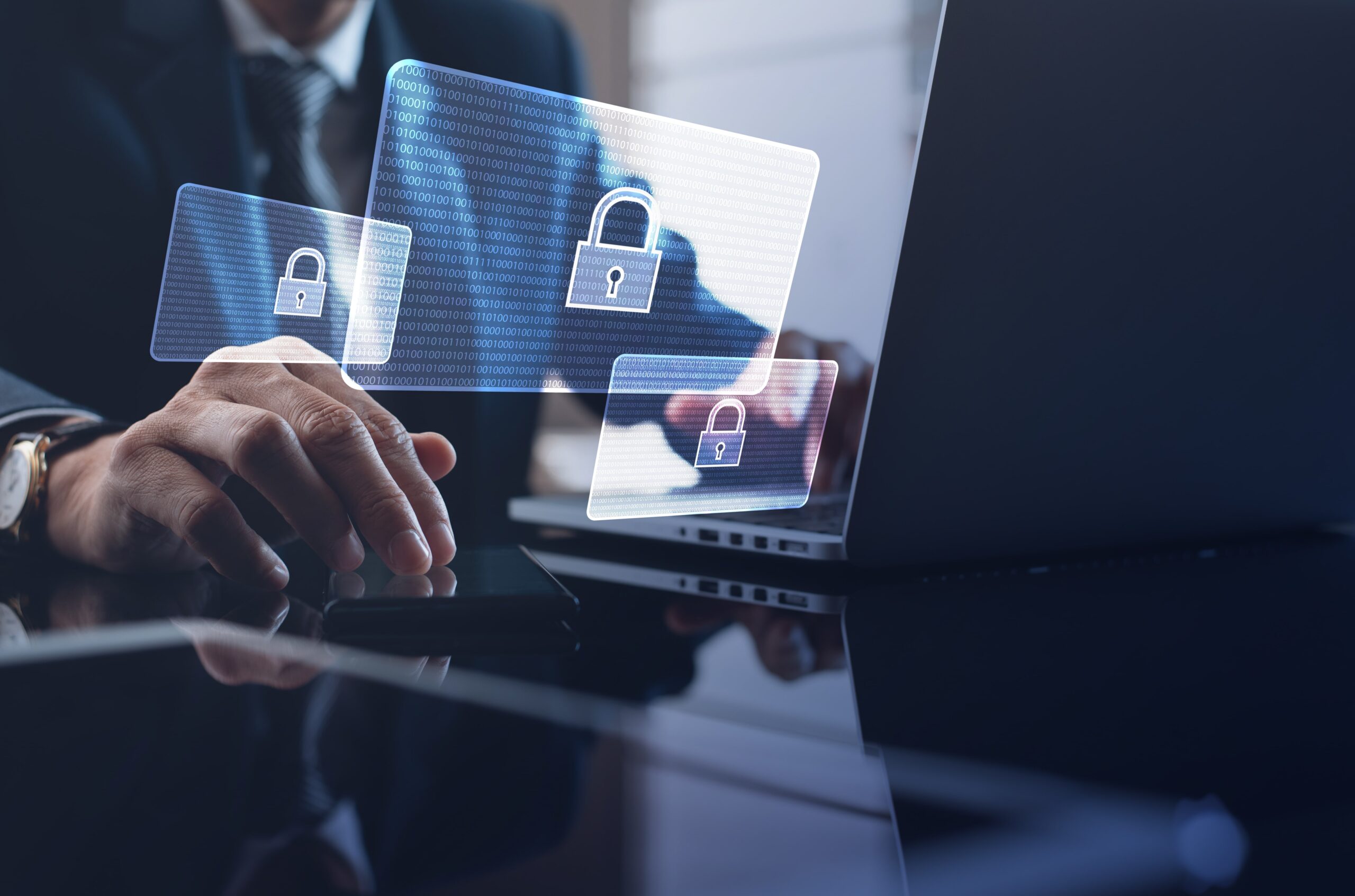

Cybersecurity focuses on defending against attacks, while cyber resilience ensures that your organization can continue to function during and after one. This shift requires collaboration across departments, from IT to leadership, so every team understands its role in maintaining operations. The most resilient businesses treat cyber resilience as a company-wide responsibility rather than a technical challenge.
Technology alone cannot achieve resilience. Employee awareness and training play a critical role in preventing attacks and responding effectively. Regular phishing simulations, role-based access controls, and continuous learning programs help reinforce security-conscious behaviors. A strong security culture transforms employees into the first line of defense and accelerates recovery when incidents occur.
Investing in resilience provides tangible business benefits. Organizations that prepare for disruption experience lower recovery costs, fewer compliance violations, and faster restoration of services. Cyber resilience also improves customer confidence by demonstrating a commitment to data protection. In competitive industries, this can be a powerful differentiator that supports long-term growth.
Establishing resilience is only effective if organizations can measure its impact. Key performance indicators such as recovery time objectives, incident response speed, and employee engagement in security programs reveal how well systems and teams perform under pressure. Regular audits, tabletop exercises, and red-team assessments help validate preparedness and uncover areas for improvement. Tracking these metrics allows leadership to make informed investments, ensuring that resilience remains both measurable and actionable.
Cyber resilience should be integrated into every stage of business planning, from technology investments to vendor management and policy development. When executives treat resilience as part of overall business strategy, it becomes a driver of innovation rather than a cost center. Embedding resilience into procurement, compliance, and operational decisions ensures that new initiatives align with long-term security goals. This strategic alignment helps organizations adapt to change, maintain customer trust, and achieve sustainable growth in an unpredictable threat landscape.

A resilient organization plans not just for prevention but for continuity. For instance, when a ransomware attack strikes, businesses with tested backup systems and failover processes can immediately restore critical services while investigations occur in parallel. Cloud replication and segmented recovery environments make it possible to isolate affected systems without halting customer-facing operations. These proactive measures transform a potential shutdown into a manageable incident, protecting both uptime and reputation.
Technology alone cannot achieve resilience. Employee awareness and training play a critical role in preventing attacks and responding effectively. Regular phishing simulations, role-based access controls, and continuous learning programs help reinforce security-conscious behaviors. A strong security culture transforms employees into the first line of defense and accelerates recovery when incidents occur.
Role-based access controls are especially valuable for limiting potential damage when a compromise occurs. By ensuring that users can only access the data and tools required for their specific role, organizations reduce the risk of attackers moving laterally through systems. For example, if a marketing user’s credentials are stolen, RBAC policies prevent the intruder from reaching financial or administrative systems. This principle of least privilege supports both security and operational continuity, keeping disruptions contained.
No organization can achieve full cyber resilience in isolation. Collaborating with trusted partners, industry peers, and managed security providers enhances visibility across threat landscapes and accelerates response times. Shared intelligence allows businesses to recognize emerging attack patterns before they spread. By participating in information-sharing communities and aligning with partners like Layer8, organizations gain access to deeper expertise, advanced analytics, and proven frameworks that turn collaboration into a collective defense advantage.
Layer8 partners with businesses to design resilience frameworks that fit their unique operational and regulatory needs. Through managed security services, threat intelligence, and employee training, Layer8 strengthens the entire lifecycle of protection and recovery. Each engagement is built to enhance visibility, streamline response, and ensure compliance with industry standards.
Cyber resilience is not a one-time project. It is a continuous process that adapts as threats evolve. Artificial intelligence, automation, and predictive analytics will shape the next generation of resilience strategies, helping organizations detect and mitigate risks before they escalate. Businesses that invest today will be better prepared to navigate tomorrow’s challenges with confidence.